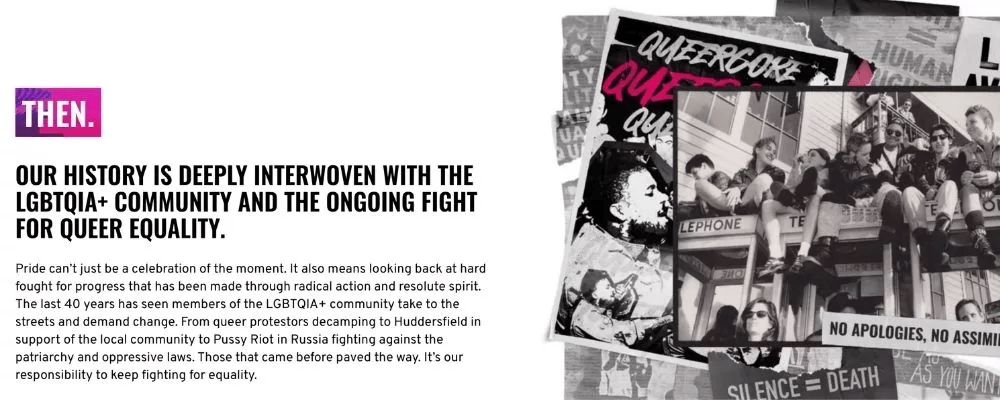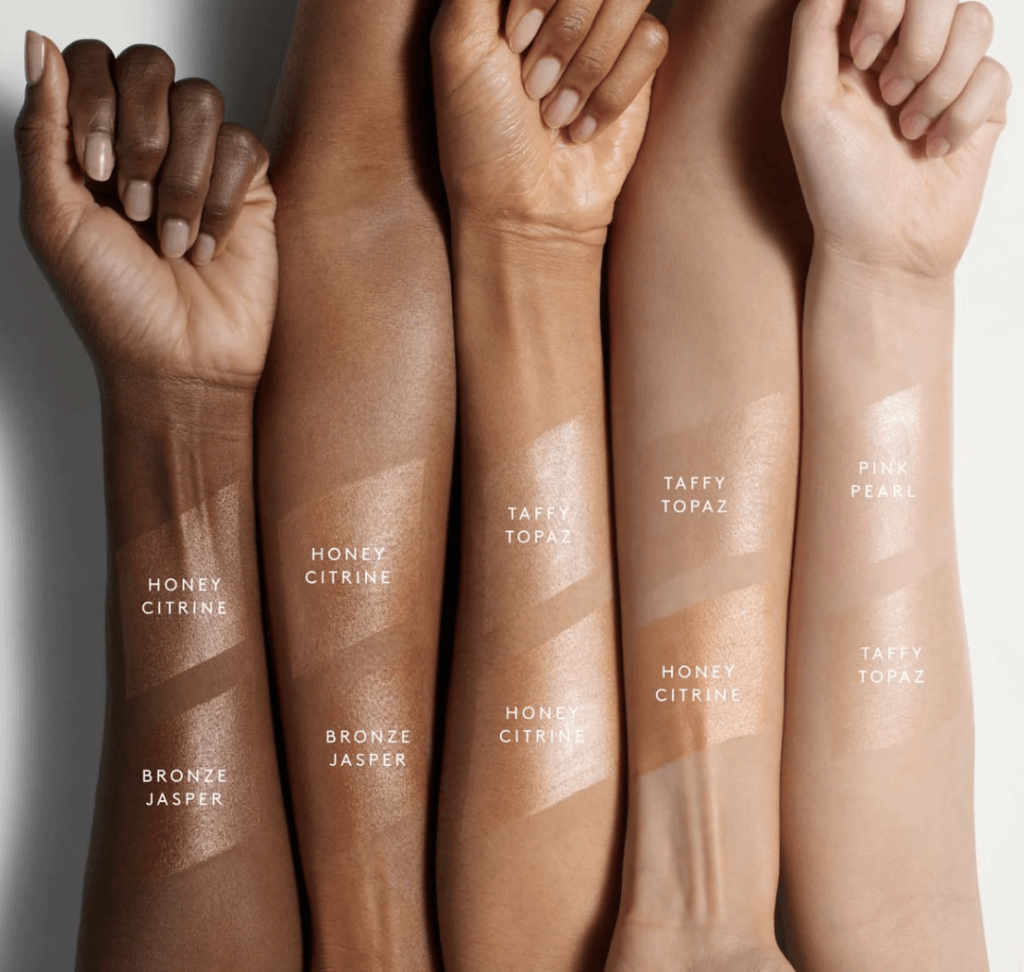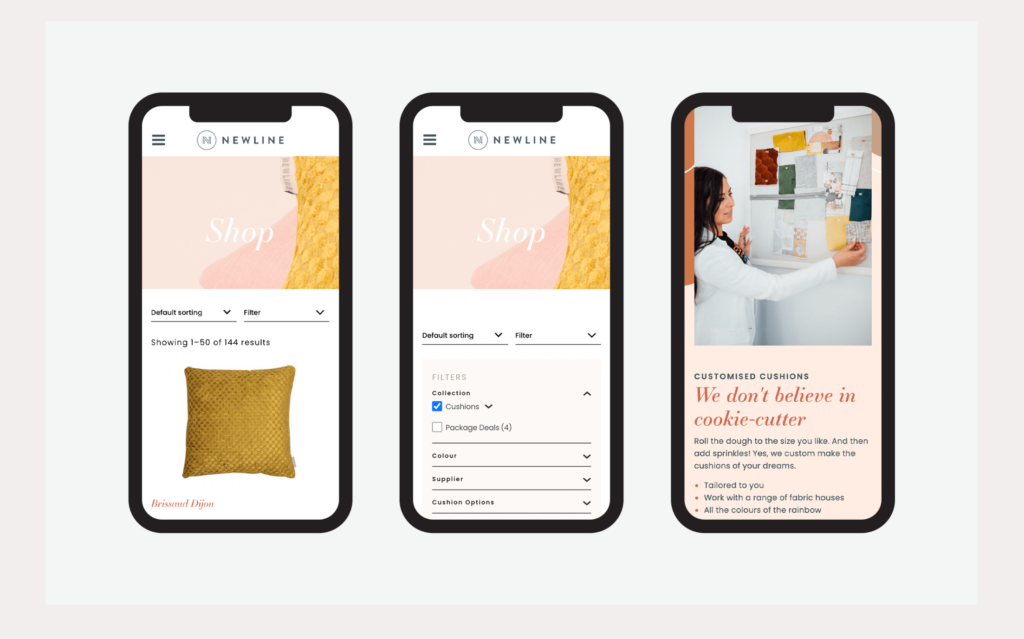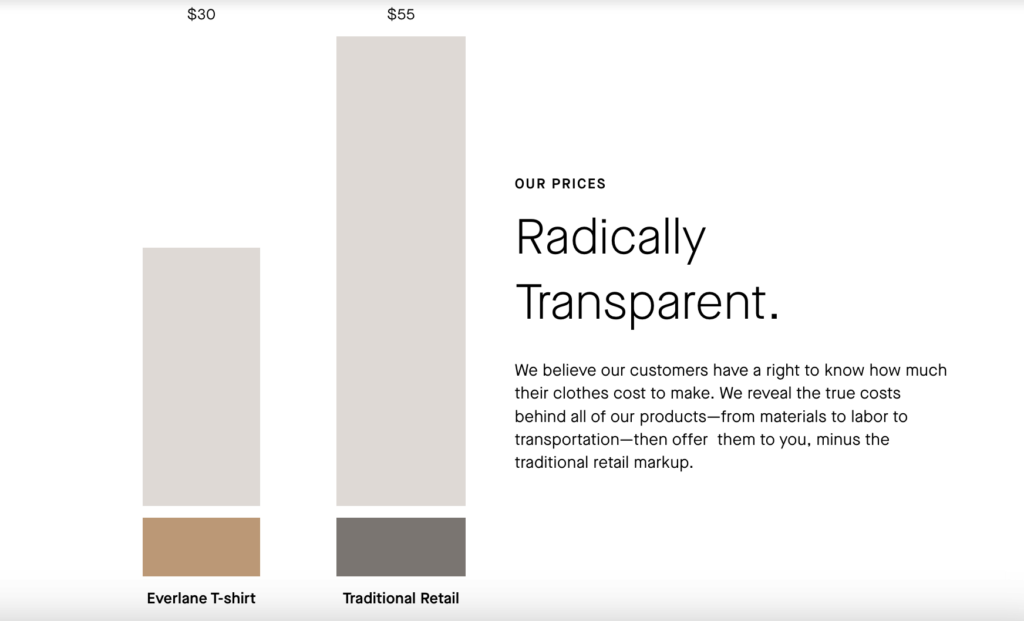
Inspiring eCommerce Branding Strategies with Examples
When diving into the world of eCommerce branding, the number of approaches can be overwhelming. But for digital marketers who know their stuff, it’s a treasure trove of shiny opportunities when solid eCommerce branding strategies are applied.
The eCommerce space is growing and evolving at an astounding pace. But as this digital boom continues, the traditional retail landscape faces challenges, with predictions suggesting nearly a third of America’s malls might shutter their doors by next year.
In this transformative era, how can brands stay relevant, stand out, and foster genuine connections in the bustling digital marketplace? And more importantly, how can you be sure your strategies resonate?
Let’s explore together and elevate your eCommerce branding game.
How to Build an eCommerce Brand in 4 Simple Steps
A brand is the heartbeat of your online presence. Mastering the art of eCommerce branding can be the difference between a fleeting interest and securing lifelong customers.
1. Understand Your Audience
Branding is about how your audience sees you as much as how you see your eCommerce business. Before embarking on branding strategies, meticulously explore your audience’s demographics, preferences, and pain points. Think of a carpenter; they wouldn’t start building without blueprints. Similarly, knowing your audience inside out is your blueprint.
For inspiration, you can look at Apple’s marketing strategies. Beyond their tech products, they’re selling an experience, a lifestyle. They’ve homed in on their audience’s desire for innovation and design. And ask yourself: What core desires does your audience have, and how can your brand tap into them?

2. Consistency Is Key
Branding isn’t a one-time task. It requires diligence and uniformity.
A disjointed brand image can leave your audience puzzled and disengaged. Brands like Glossier exemplify the power of consistency. With their streamlined, minimalistic design and consistent messaging across all channels, they’ve carved a niche for themselves in a saturated beauty market.
3. Leverage User-Generated Content (UGC)
In our digital age, recommendations from peers hold significant sway. UGC is not just a review; it’s an endorsement, a testimonial, and often a relatable story.
Brands like GoPro have harnessed this brilliantly. Instead of just marketing their cameras, they highlight the adventures they capture, turning their customers into brand ambassadors.
Here’s GoPro’s 2023 challenge for UGC:
4. Build Emotional Connections
In the vast sea of eCommerce, those that evoke emotions stand out. An emotional connection can transform a one-time customer into a lifelong advocate. Let’s take branding in Nike’s marketing strategy, for instance.
Their branding isn’t just about athletic wear; it’s a rallying cry for perseverance, ambition, and achieving one’s personal best. Nike’s “Just Do It” tagline is a call to action to push boundaries rather than to make purchases.
Remember, building a brand goes beyond logo design and catchy slogans. It’s a continuous journey of resonating with your audience, maintaining a consistent image, valuing their voice, and forging deep emotional ties. To achieve them, get professional help from branding agencies and reach new heights in your eCommerce journey.
9 eCommerce Branding Strategies with Examples
The world of eCommerce has been snowballing, and branding, which is directly related to how people remember your brand, is vital for success. As digital spaces become increasingly crowded, the brands that thrive are those that carve out a distinct eCommerce brand identity and forge genuine connections.
Let’s dive into 9 impactful branding strategies for eCommerce, each paired with real-world examples, to elevate your business’ presence and impact.
1.Storytelling
More than simply drawing attention, a compelling story gives your brand life and a genuine, heartfelt feel. In other words, with the help of storytelling, brands create emotional connections with their audiences by communicating their values and history in a relatable way.
Take Dr. Martens for example. Not only do they sell shoes, but they also share stories about their experiences, particularly their strong connections to the LGBTQIA+ community. It’s a smart move that gives their marketing a personal touch and soul.

By sharing these heartfelt stories, Dr. Martens builds genuine connections with those who visit their website, which is a great example of successful branding for eCommerce.

2.Interactive Experiences
In the age of digitalization, static content just won’t cut it to boost your eCommerce brand strategy.

Integrating interactive elements into eCommerce can elevate the user experience, making it memorable and engaging. AR and VR in particular offer brands new ways to make stronger bonds between the potential buyer and the products even before the purchase has been made.
Let’s take a closer look at Burberry as an example. Their AR shopping experience is nothing short of revolutionary, transforming the online shopping paradigm into something more immersive.
Check out our blog post about Burberry’s digital marketing strategy to discover how this luxury fashion brand excels!
3.Eco-Friendly Initiatives
As global consciousness shifts towards sustainability, brands that champion eco-friendly initiatives are setting themselves apart. Patagonia is a testament to this.

With their firm stance on environmental responsibility, they sell a commitment to the planet with their 1% tax for the Planet in particular.

Why don’t you explore the top eCommerce marketing agencies that we’ve carefully handpicked for you to have a successful eCommerce brand strategy just like Patagonia has?
4.Collaborative Approach
Two heads are better than one, and when it comes to creating eCommerce branding strategies, collaboration can be really effective. By inviting users to be part of the creation or decision-making process, you foster community and loyalty.
For example, look at LEGO’s Ideas platform. By allowing fans to submit their designs and turning some into official LEGO sets, they’ve turned passive consumers into active contributors.

The brand also makes collaborations with famous brands, like IKEA, for example.

The special LEGO product above, BYGGLEK LEGO®, is only available to buy at IKEA stores.
And, here’s another LEGO collaboration, this time with Levi’s, to promote “wearable art” featuring a colorful mind and style inspired by the fascinating world of LEGO.

5. Inclusive Design and Representation
The modern consumer seeks brands that mirror the diversity and complexity of the world around them. In eCommerce branding, inclusivity is about genuine representation rather than just checking boxes.
Rihanna’s Fenty Beauty is a stellar example. (The whole marketing strategy of Fenty Beauty is inspiring, though.)
With dozens of foundation shades to suit every skin tone, the brand was not just launching goods when it first launched; it was also sending a message about inclusivity in the beauty industry. This move not only set Fenty Beauty apart but also redefined beauty standards in the industry.

6. Social Responsibility Programs
Most brands offer discounts or points, but in today’s world, taking care of others is also very important. That’s why TOMS innovates by aligning rewards with customer values with their One for One program.
For every pair purchased, TOMS donates a pair to someone in need. It’s not just a purchase; it’s a statement of purpose. This value-based approach deepens brand loyalty because consumers feel they’re part of a larger cause.
7. Causes That Matter
Aligning with meaningful causes helps eCommerce brands build deeper relationships with their consumers. Lush Cosmetics is a prime example of this, as their commitment to ethical sourcing and animal welfare is fundamental to their brand. (And of course, the emphasis they put on this; if you don’t make it heard, it won’t work as a successful eCommerce branding strategy.)

By actively advocating for these issues, Lush does much more than just sell their products. The brand creates a community of customers who are united by shared values and a commitment to ethical consumption.
8. A Distinct Visual Identity
A unique visual identity is pivotal for any brand to stand out. Burberry exemplifies this with the classic tartan pattern, which has gone beyond being merely a design element. It became a representation of the brand’s rich heritage and luxury status and whenever a fashion-related person sees it, they immediately grasp what the brand of that product is.

This distinct visual identity elevates Burberry in the global fashion industry, making the brand instantly recognizable and enduringly iconic. So, if you don’t give up on a unique design aspect, you’ll also be leveraging this eCommerce branding strategy!

Another inspiring example is by Bellman Agency. Bellman gave Newline Cushions’ branding and digital presence a fresh boost. They refreshed the brand identity to better reflect its values and personality, implemented across new business cards, thank you cards, and more. For the website, Bellman focused on crafting an engaging user experience, from compelling homepage messages to a streamlined checkout process. They enhanced the site with bespoke animations and illustrative elements that align with Newline’s aesthetic, ensuring a visually appealing and functional eCommerce platform.

9. Authenticity and Transparency
With the rise of social media and the transparency demanded by the youngest purchasing generation, Gen Z, authenticity breeds trust. Everlane is a prime example of this principle in action. Their commitment to transparency, particularly regarding their manufacturing processes and pricing, has fostered a deep sense of trust and loyalty among consumers.

This straightforward, open approach not only differentiates Everlane but also builds a strong, authentic connection with their audience.
Wrapping Up
Now, we all know that eCommerce branding is more than just logos and color schemes. It’s about creating a lasting impact, a memory, and a feeling in the consumer’s mind. And as you delve deeper, aligning with the best eCommerce marketing agencies in the UK could be the boost you need.
Remember, in the digital landscape, your eCommerce brand’s identity is its strongest asset.






















